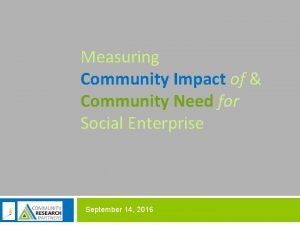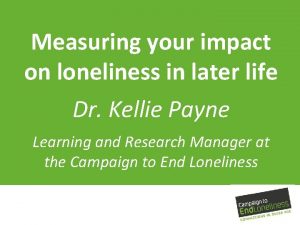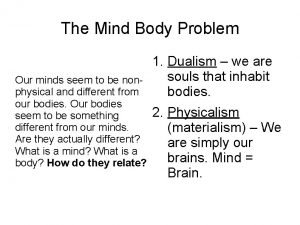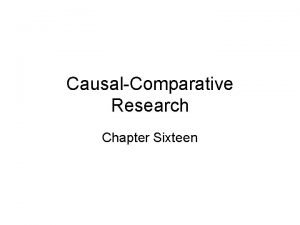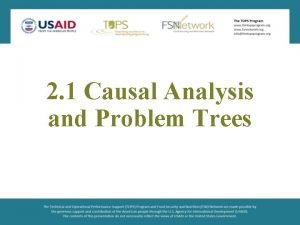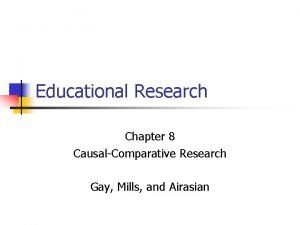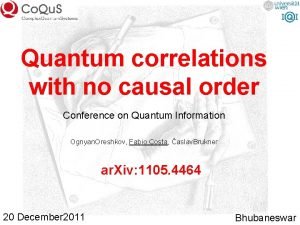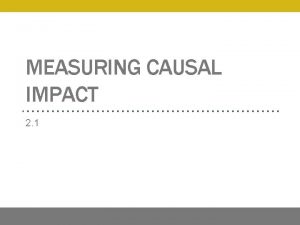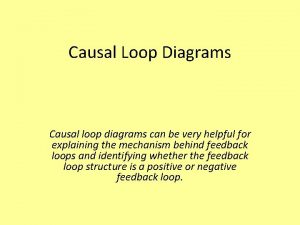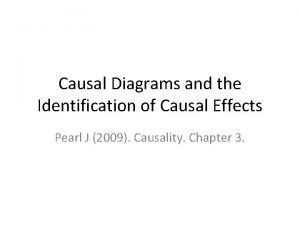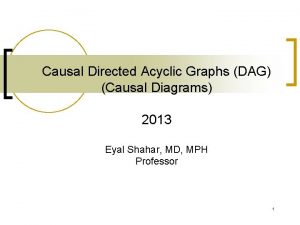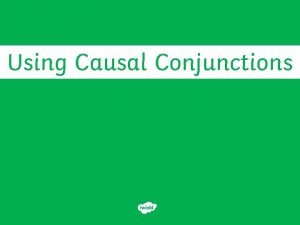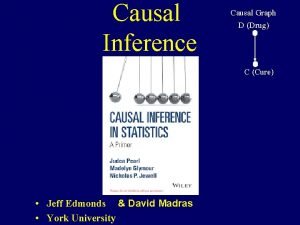MEASURING CAUSAL IMPACT 2 1 What is impact








- Slides: 8

MEASURING CAUSAL IMPACT 2. 1

What is impact? • The impact of a program is the difference in outcomes caused by the program • It is the difference between what happened and what would have happened without the program • But we never observe both conditions • What happened with the program • What would have happened without the program

Counterfactual • The counterfactual is what would have happened if the program or policy had not been implemented • We never directly observe the counterfactual • We can never see the same person with and without the program at the same time • We have to mimic the counterfactual

Measuring Impact Primary Outcome Intervention Impact Coun Time l a u t c terfa

Mimicking the counterfactual • Because there is no exact replica of a single person we look for a group of people that on average are the same as participants would have been without the program • Do participants prior to the program make a good counterfactual? • Do those who choose not to participate make a good counterfactual?

Selection • Programs are started in specific places and at specific times for a reason, they are selected • People choose or select to participate or not participate • This selection process means that participants and non participants are on average different not just because of the program • Nonparticipants are not always a good counterfactual • Because people select when to take up a program, participants prior to the program may not be a good counterfactual

Selection bias • If we compare outcomes for those with and without the program the difference will have two parts: i) That caused by the program ii) That caused by underlying differences between participants and nonparticipants • Our estimate of impact will not, on average, be equal to the true impact of the program unless ii) is zero and there is no selection bias

Example: Testing the impact of training Wages X X Ashenfelter Dip Skills program Time
